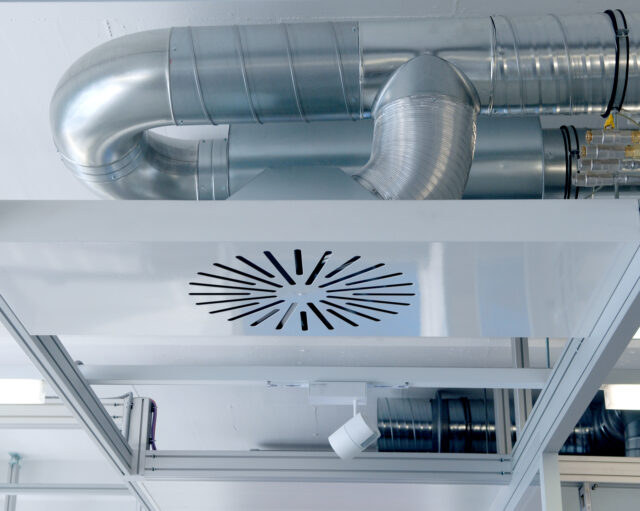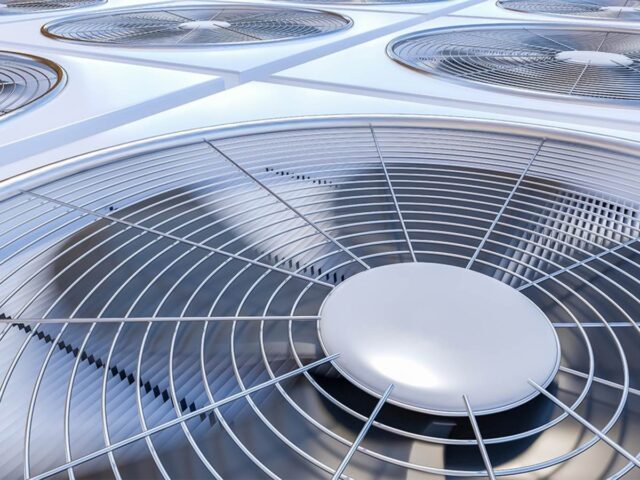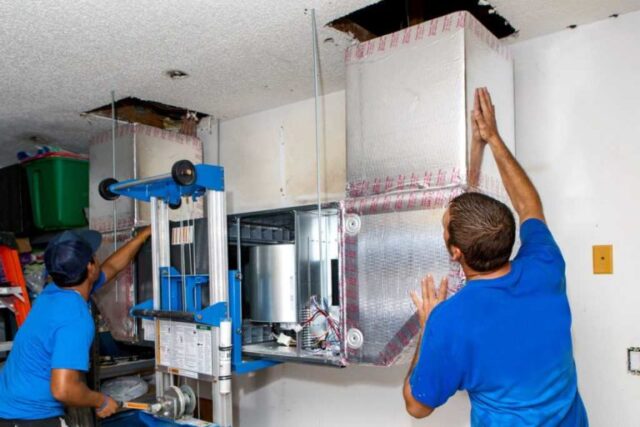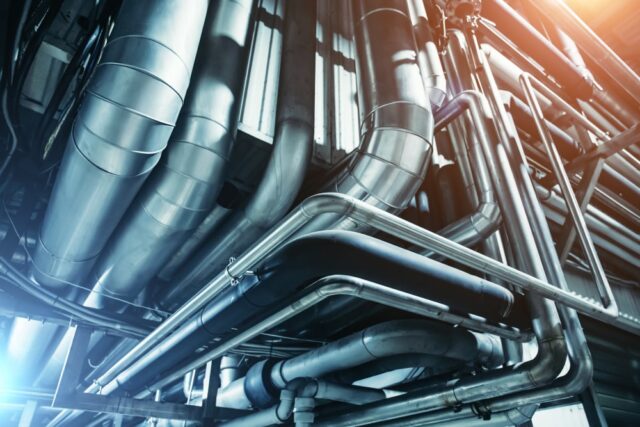
We so often discuss the deteriorating air quality in major cities, and yet so many of us fail to notice how unhealthy indoor air quality can be an even bigger health hazard. A large majority of the population spend their time indoors, be it in an office, or in their own homes. It’s also the place where children and seniors spend almost all of their time as well, so unless we are paying particular attention to ventilation during the cold winter months, an unhealthy build-up of indoor pollutants is inevitable.
Heat recovery and ventilation systems are designed to counter this exact problem, and it’s good to see so many homes in the UK have already adopted ventilation with heat recovery systems. However, the numbers are still not satisfactory, and the major reason behind that is just lack of knowledge and understanding.
To explain exactly how mechanical ventilation with heat recovery systems can be used to improve indoor air quality, health, and energy efficiency, we have listed the following six points that everyone should be well aware of now.
1. A Singular Solution
Similar to centralized heating, an MVHR is also a centralized system, which means that a single installation will be sufficient for your entire house. The central unit is connected to all rooms in the house, via the respective ducts for every room. The process of ventilation and heat extraction is constant and necessary for maintaining healthy indoor air quality, as we can’t, possibly the windows open without letting the heat out.
2. The Inseparable Relationship between Ventilation and Heat Recovery Systems

Ventilation is about letting the stale indoor air out and pumping in fresh air from the outside, but without the heat recovery system in place, it would be the same as opening that dreaded window and letting the cold in! This would do the heating system work overtime, shooting the electricity bills way past any sane budget. This is, in fact what happens in homes without an MHVR system because we just have to open a window at some point to let fresh air in, along with sending the precious heat out unwillingly.
Just as the name suggests, a heat recovery unit within the MVHR system will extract heat from the stale air, before sending it out, while transferring that same heat back into the cold, fresh outside air being sent in. This entire ventilation and heat exchange process is a simultaneous one, and performance will depend entirely on how efficient your particular MVHR is. The Nuaire heat recovery units, for example, are among the most energy-efficient MVHR systems in the industry.
They are used widely across multiple industrial settings, as well as in residential buildings in the UK. Visit BPC Ventilation and check out the top industrial and residential Nuaire heat recovery units they have listed there. Even the comparatively entry-level Nuaire ECO2 can provide up to 95% efficiency during the heat exchange process. It also comes equipped with internal sensors for humidity control, and can easily handle one kitchen + 5 rooms.
3. High Level of Insulation is Essential for MVHR Systems to be Effective
It isn’t that uncommon to find homes with MVHR systems in place that have very little impact on their energy efficiency. This is an unfortunate side-effect of dishonest business policies, where the installers didn’t tell the homeowner that having airtight insulation is key to seeing good results from their new ventilation and heat recovery system.
Before you buy any MVHR system and get it installed, ensure that the insulation of the property in question is at least at 3ach, if not even below that. If you are dealing with an honest seller and installer, they will inform you of what you need to do, and offer the services themselves.
4. If It’s Making a Lot of Noise, There’s a Problem
Another result of poor knowledge and dishonest business practices is a very noisy heat recovery and ventilation system. A few common problems which loud noise indicates are as follows:
Poor unit design; it’s just a bad product!
The MVHR has to go past 80% of its maximum capacity, which is unsuitable and ill-advised
The heat recovery system is too small to handle the load it’s handling
Bad installation; crushed ducting and improperly sealed/joined ducts
If the installer told you that it’s normal for MVHR systems to be so loud, now you know the truth!
5. You Need to Consider and Discuss a Few Points with the Experts First

The MVHR can only work as well as it has the opportunity to. Therefore, poor installations are a huge problem to deal with. Moreover, a number of the following impacts on the whole house/apartment building can also be seen in such unfortunate situations.
Condensation is inevitable in the absence of proper insulation on the ducts
The condensed water will begin to collect and can cause water damage to any part of the property
The collected water will also begin to rust the MVHR unit itself
The rust will begin to make itself visible in the form of unsightly brown stains on the ceiling and walls
You may want to discuss those possibilities with an expert installer and insulator first.
6. Accessibility is a Priority

Any and all house appliances should be in an accessible position because without them being in easy reach, it would be difficult for the residents to detect problems before they become more serious. Furthermore, without the ease of accessibility, even professionals will find it exceptionally difficult to work with any degree of efficiency. For MVHR systems, lofts are the best choice, as long as they are not directly above a bedroom, of course.
Now that the basics have been established, the decision is up to you, but at least now you can make an informed and healthy choice for both yourself and your family. As you may have already realized, even if you had installed a heat recovery and ventilation system at some time in the past, there’s a high chance that there’s scope for improvement. In any case, an inspection from authorized experts is highly recommended to maintain optimum performance.







